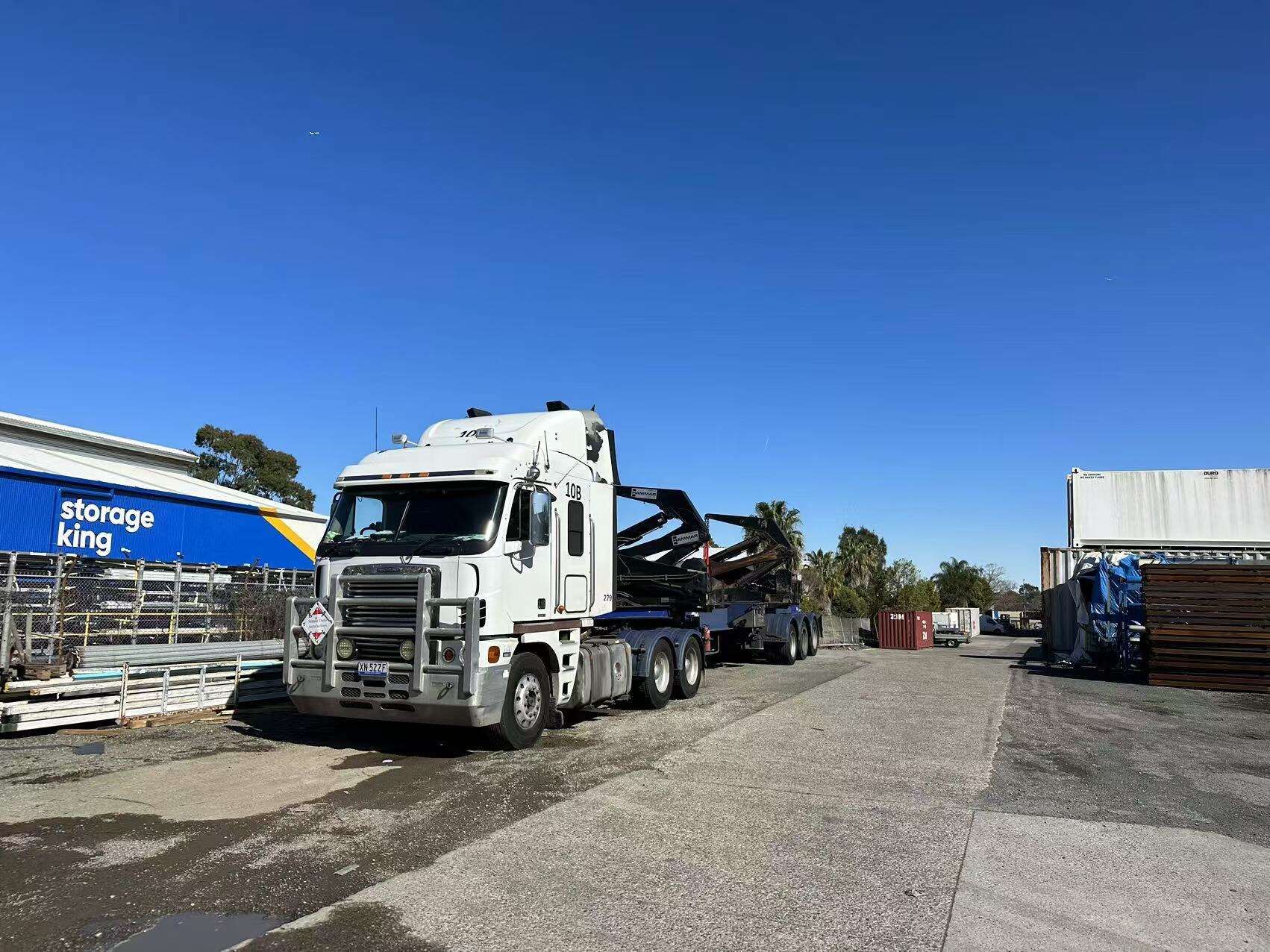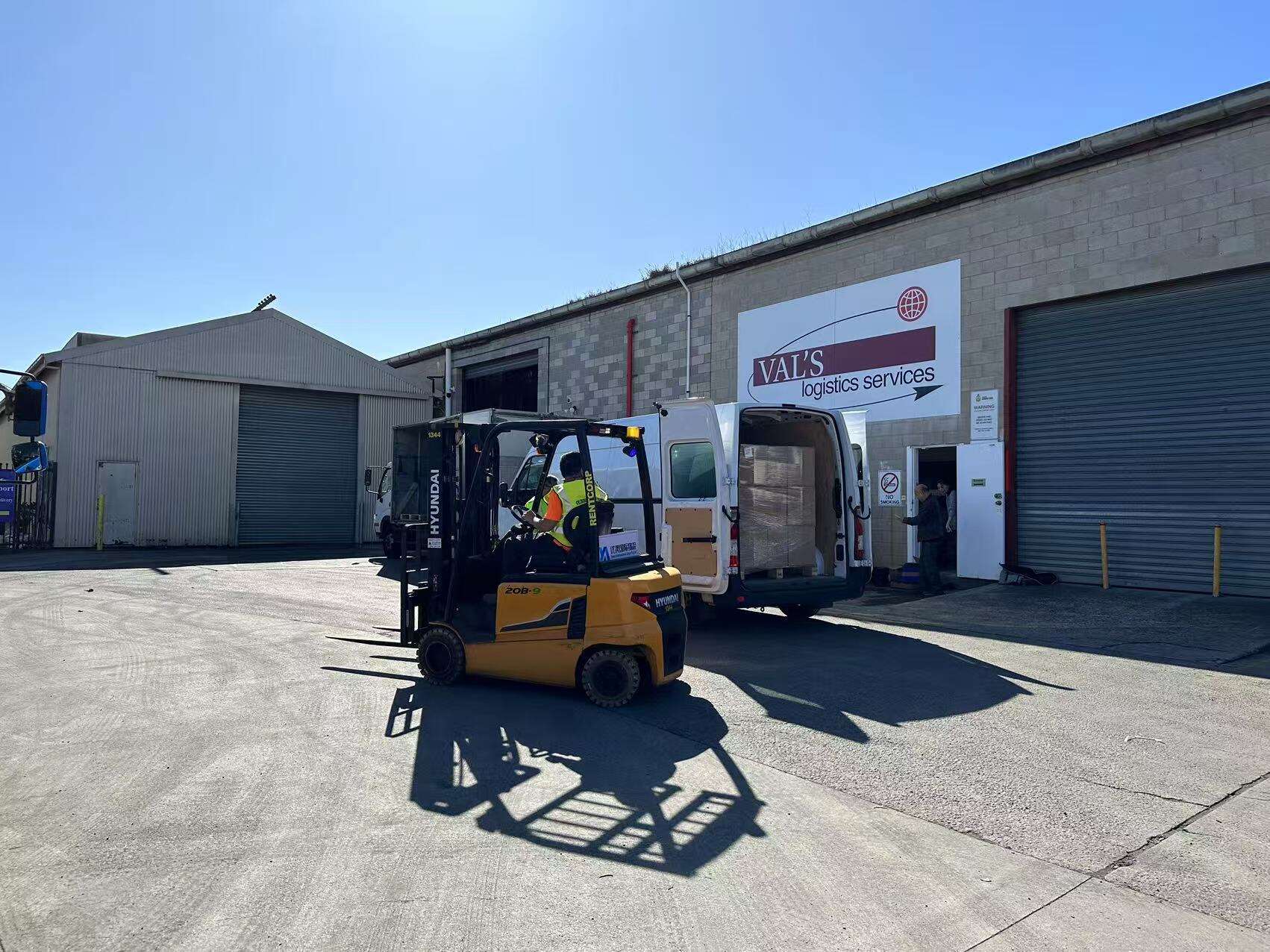Current Growth Trends in China-EU Air Freight
Double-Digit Traffic Growth in 2024
As we step into 2024, the air freight industry between China and the EU is set to witness a significant surge, with traffic expected to grow by over 10%. This remarkable uptick is largely driven by increased demand from e-commerce and a resurgence in global trade activities post-pandemic. According to IATA forecasts, there's a robust recovery trend, with international freight shipping leading the charge. The demand is not just constrained by traditional market segments—emerging growth in cross-border e-commerce and technological advancements in logistics are reshaping shipping from China like never before.
Capacity Expansion vs. Load Factor Declines
Airlines, in response to the rising demand, are aggressively expanding their cargo capacity. Many are pursuing fleet expansion plans, which include converting existing passenger aircraft into freighters to meet the capacity demand. However, this rapid capacity increase could lead to a decline in load factors, particularly if the added capacity isn't met with equivalent demand. This load factor analysis reveals potential overcapacity issues, which might challenge profitability margins for freight forwarders. It's a strategic balancing act—boosting capacity while ensuring that it's utilized efficiently to maintain steady rates in freight shipping.
Long-Term Recovery Since 2022 Peak
The effects of the 2022 freight peak continue to linger in the market, and carriers have adopted strategic measures to retain their momentum. Post-peak strategies have included more flexible pricing models and enhanced freight forwarder partnerships. Evidence from logistics reports indicates a gradual return to pre-COVID aviation activities, suggesting a long-term recovery pattern. The resurgence is noted in freight forwarder China ventures, which have adapted by prioritizing agility and efficiency in operations. This shift supports a broader market trend that aligns with evolving international freight shipping dynamics.
Key Drivers Shaping Air Cargo Demand
Cross-Border E-Commerce Explosion
Cross-border e-commerce has significantly boosted freight volumes between China and Europe, transforming the landscape of air cargo demand. With the convenience and speed offered by e-commerce platforms, sales in Europe have surged, necessitating streamlined and efficient air freight logistics to meet this growing demand. As e-commerce continues to expand, logistical challenges ensure air shipping remains pivotal for timely deliveries.
Geopolitical Disruptions in Maritime Trade
Geopolitical issues, such as trade wars and sanctions, have disrupted traditional maritime trade routes, channeling more cargo towards air freight solutions. Trade organizations have reported a shift in cargo movement due to these tensions, as air freight provides a viable alternative for companies needing to navigate unpredictable maritime routes. This shift underscores the resilience of air freight during turbulent geopolitical climates.
Industrial Production Rebound
The recent revival in industrial production has sparked a renewed interest in air freight logistics. As sectors like technology and manufacturing regain momentum, there's been a noticeable increase in logistical needs, driving air freight demand. Reports forecast continued growth in these industries, underscoring air freight's role in supporting the consistent flow of goods as production scales up.
Red Sea Crisis Impact on Air Freight Dynamics
Sea-to-Air Diversion Patterns
The ongoing Red Sea crisis is prompting a significant shift from sea to air freight, directly impacting delivery timelines. As geopolitical tensions disrupt maritime routes, many shipping lines have announced delays, leaving companies no choice but to opt for air cargo solutions. This change has forced businesses to adapt quickly and rethink their logistics strategies to ensure product delivery remains timely and efficient. The crisis underscores the fragility of ocean freight avenues and highlights the adaptability of the air freight sector, particularly on vital routes such as those from Asia to Europe.
Price Adjustments on Asia-Europe Routes
Due to these crisis-induced delays, there have been noticeable price surges on specific air routes between Asia and Europe. The trend of rising freight rates is supported by recent data indicating that the cost of air cargo has increased as companies rush to secure space on alternate air routes. Such price adjustments reflect the growing demand for reliable transportation methods amidst unpredictable maritime paths, illustrating the financial implications of relying more heavily on air solutions. Freight rates continue to fluctuate, offering yet another layer of complexity to international freight shipping logistics.
Supply Chain Reconfigurations
During these crises, companies are strategically reconfiguring their supply chains, placing a higher emphasis on air freight to ensure agility and reliability. Reports from the industry reveal that major retailers and manufacturers are aggressively shifting their logistics strategies, prioritizing routes less susceptible to disruption. This strategic pivot is necessary for maintaining competitive edges and ensuring consistent inventory levels. Agile logistics practices are being implemented to cope with the challenges, with air freight services becoming increasingly favored for their speed and reliability amidst turmoil.
Regional Performance: Europe-Asia Corridor Analysis
Intra-European Route Resurgence
In recent years, there has been a notable resurgence in intra-European freight routes. Businesses are increasingly leveraging regional proximity to improve logistics efficiency and optimize delivery timelines. This renewed interest comes as companies recognize the advantages of quick and flexible logistics within Europe. According to trade statistics, activity on these routes has seen a significant boost, reflecting the strategic importance of consolidating operations closer to home for European enterprises. This shift underscores a broader trend where firms are prioritizing faster, more reliable logistical connections to enhance their competitive edge in the market.
China's Export Manufacturing Adaptation
China's manufacturing sector is adeptly adapting to shifting market conditions by capitalizing on air freight opportunities. With global logistics dynamics evolving, Chinese exporters are rapidly adjusting their strategies to ensure swift delivery and meet international demand. This proactive stance is reflected in export statistics that indicate a sharp increase in goods shipped via air freight, underscoring the agility of China's manufacturing industry. By embracing flexible logistics solutions, China continues to maintain its pivotal role in the global supply chain, proving its capacity to respond to and thrive amidst market changes.
Capacity Allocation Strategies
Effective capacity allocation on Europe-Asia routes is a critical strategy for carriers aiming to enhance efficiency and profitability. Airlines are increasingly focusing on optimizing their capacity management practices to meet the growing demand for freight shipping across this corridor. Reports from major airlines suggest a deliberate effort to fine-tune operational strategies, thereby improving load factors and reducing costs. By strategically managing capacity resources, carriers not only bolster their resilience against market fluctuations but also ensure sustained profitability in a competitive international freight shipping landscape.
Economic Indicators and Freight Rate Volatility
Inflation Pressures on Logistics Costs
In the world of logistics, inflation has emerged as a significant issue, inflating costs and freight rates industry-wide. As economic reports highlight rising inflation trends, the impact on air freight pricing becomes apparent. As freight forwarding companies manage these escalating costs, there is an observable ripple effect that includes increased freight rates and tighter margins. Companies need to adopt strategic measures to mitigate these costs, ensuring they remain competitive amidst such economic volatility.
PMI Fluctuations and Demand Forecasting
Understanding the relationship between Purchasing Managers' Index (PMI) fluctuations and air freight demand forecasting is essential for predictive analytics. Economic studies have shown a strong correlation between PMI trends and air freight demand. As PMIs reflect the economic health of the manufacturing sector, sudden changes can influence freight demand. Incorporating these insights allows businesses to enhance demand analytics and improve logistics planning with greater accuracy.
Bunker Fuel Pricing Trends
Bunker fuel prices play a crucial role in determining air freight operational costs and pricing structures. Shifts in energy markets directly influence these prices, subsequently impacting freight shipping rates across the globe. Recent energy market reports have documented trends that cause fluctuations in bunker fuel prices, which compel freight forwarders to continuously adjust pricing strategies to accommodate these variances. As a result, staying informed of fuel pricing trends is vital for effective cost management in air freight operations.
Operational Challenges for Freight Forwarders
Infrastructure Limitations at Major Hubs
Infrastructure limitations at key freight hubs remain a significant barrier to efficiency in the freight forwarding industry. Many major airports are struggling with outdated facilities, congestion, and limited capacity, which can result in delays and increased costs. Reports from various airport authorities have highlighted these constraints, emphasizing their impact on freight shipping. For instance, insufficient warehouse space and inadequate handling equipment can slow down processing times, affecting the entire supply chain. These challenges underline the need for significant investments in logistical infrastructure to enhance freight efficiency and support global trade growth.
Customs Modernization Timelines
The timelines for implementing customs modernization are crucial for freight forwarders and their operations. Governmental sources have outlined ambitious plans to streamline customs processes through technology and updated regulations, which could significantly expedite international freight shipping. However, delays and bureaucratic hurdles often push back implementation timelines, affecting the agility of freight forwarders. On-time customs modernization would facilitate quicker processing and reduce bottlenecks, but the industry remains vigilant, monitoring the progress of these changes closely to adapt their strategies accordingly.
Sustainable Aviation Fuel Adoption
Adopting sustainable aviation fuels (SAFs) presents notable challenges within the air freight sector. Despite the industry's commitment to reducing carbon emissions, market acceptance of SAFs has been slow. Current research discusses how the high production costs and limited availability of these fuels hinder widespread adoption, impacting operational and pricing models in freight forwarders. However, as environmental regulations tighten and technology advances, the future trajectory is positive, with expectations for increased market integration over the coming years.
Future Projections for International Air Shipping
2025-2030 Market Growth Estimates
The air cargo market is expected to witness significant growth from 2025 to 2030. According to market analysis, the demand is projected to continue its upward trend with a compound annual growth rate attributed to a combination of factors. Increased reliance on e-commerce, the development of new air freight corridors, and strategic capacity planning by carriers are key drivers of this growth. A study from the freight intelligence platform Xeneta highlights that despite potential geopolitical tensions and a muted manufacturing outlook, the market holds a cautious optimism for a 4-6% year-on-year demand growth in 2025.
Digitalization of Freight Operations
The digitalization of freight operations is playing a crucial role in enhancing both efficiency and transparency within the logistics industry. Companies are increasingly leveraging digital tools for real-time tracking, automated documentation, and enhanced supply chain collaboration. For instance, successful case studies have been reported where firms implemented AI-driven platforms to predict freight demand and optimize routes, thereby reducing operational costs and improving delivery accuracy. Digital advancements in freight operations are not only streamlining processes but are also setting a new standard in the fast-paced world of international trade.
EU-China Regulatory Alignment Scenarios
The potential regulatory alignment between the EU and China presents several scenarios for the air freight industry. Industry experts argue that harmonization efforts could simplify cross-border transactions, reduce administrative burdens, and enhance trade volume. Nonetheless, challenges remain in aligning diverse regulatory frameworks and compliance requirements. The impact on air cargo could be substantial, as any alignment would likely facilitate smoother logistical operations between these two major economic regions. Experts and regulatory bodies continue to discuss these alignment possibilities, emphasizing their significance for the future of international freight shipping.
These projections and scenarios underscore the evolving nature of the air freight industry. Embracing digitalization, understanding market growth potentials, and anticipating regulatory changes is vital for businesses aiming to thrive in the global logistics landscape.
FAQs
What are the main factors driving the growth in China-EU air freight?
Key factors include increased e-commerce demand, global trade resurgence, and advancements in logistics technology.
How are airlines responding to increased air freight demand?
Airlines are expanding cargo capacity by converting passenger aircraft into freighters, though this might lead to load factor challenges.
What impact is the Red Sea crisis having on air freight?
The Red Sea crisis is causing a shift from sea to air freight, leading to delivery timeline adjustments and higher freight rates on certain routes.
How is digitalization affecting the air freight industry?
Digitalization enhances operational efficiency and transparency, streamlining processes with tools like real-time tracking and automated documentation.
Table of Contents
- Current Growth Trends in China-EU Air Freight
- Key Drivers Shaping Air Cargo Demand
- Red Sea Crisis Impact on Air Freight Dynamics
- Regional Performance: Europe-Asia Corridor Analysis
- Economic Indicators and Freight Rate Volatility
- Operational Challenges for Freight Forwarders
- Future Projections for International Air Shipping
- FAQs




